As a mental health provider, you are surrounded by various amounts of health data and information that needs to be kept private. This guide goes through the ins and outs of HIPAA and presents the importance of keeping your client'ts protected health information secure.
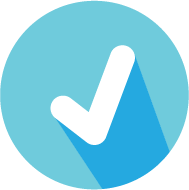
The 3 Rules of HIPAA
What protected health information is and why it needs to be safeguarded

HIPAA is an acronym that stands for the Health Insurance Portability and Accountability Act. HIPAA is a federal law that was enacted in 1996 to implement healthcare reform. This law requires administrative, physical and technical safeguards to be implemented to address the confidentiality, integrity and availability of protected health information. HIPAA is made of three rules:
This chapter will cover these three rules in depth. If you would like to find the safeguards Accend Services, Inc has in place because of these rules, look to our Data Privacy and Security guide.
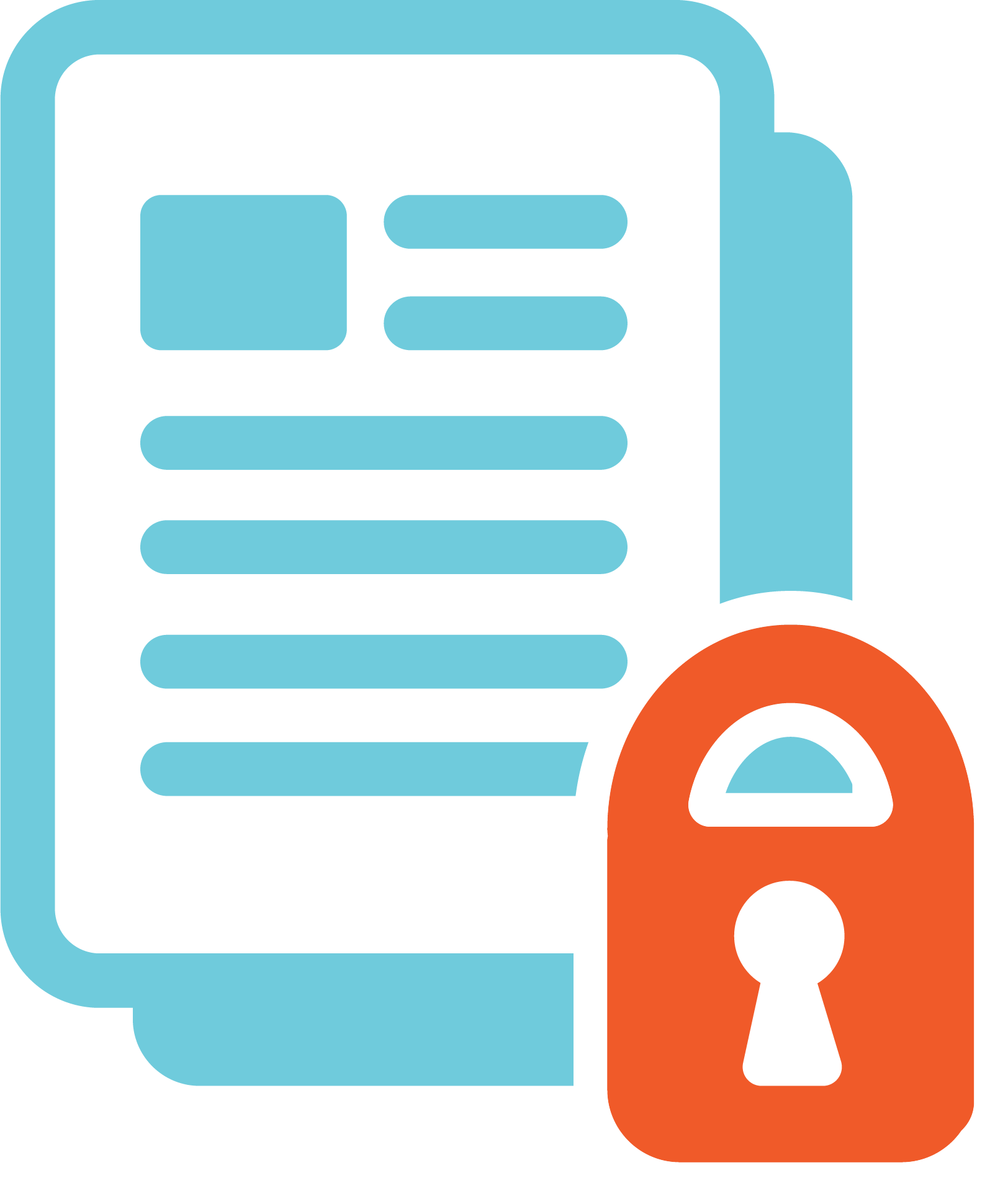
The HIPAA Privacy Rule establishes national standards to protect individuals’ medical records and other personal health information. It applies to health plans, health care clearinghouses, and those health care providers that conduct certain health care transactions electronically. These are referred to as "the covered entities" by HIPAA. The Privacy Rule requires appropriate safguards to protect the privacy of health information. It sets limits and conditions on the uses and disclosures that may be made of personal health information and gives client's rights over their health information.
So, what is the information we need to be protecting? Well, it is any "individually identifiable health information" which we refer to as Protected Health information (PHI). The Privacy Rule protects all PHI held or transmitted by a covered entity or its business associate, in any form or media, whether electronic, paper, or oral. Individually identifiable health information is information, including demographic data, that relates to:
There are 18 identifiers which are listed under what is protected health information. These identifiers are listed below:
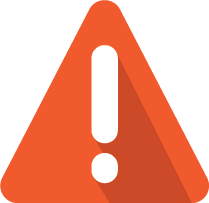
It gets tricky when sharing mental health information about a client. It is hard to know what is identifying information or what is not. As a simple common sense guideline, if you are unsure...don't share it. Always be aware of what you share!
As stated previously, the Privacy Rule is used to define and limit the circumstances in which a client's protected health information may be used or disclosed by a covered entity. These limits and circumstances are listed below. Please read carefully!
Basic Principle: A covered entity may not use or disclose protected health information unless:
Required Disclosures: A covered entity must disclose protected health information in only two situations:
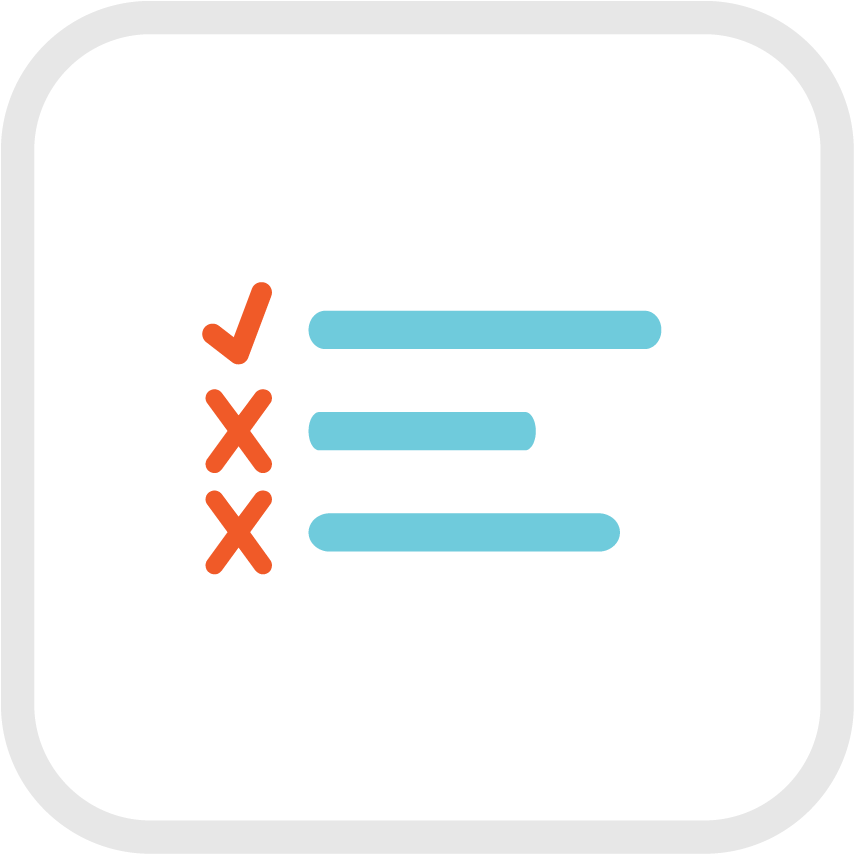
Permitted Uses and Disclosures: A covered entity is permitted, but not required, to use and disclose protected health information, without a client’s authorization, for the following purposes or situations:
An essential condition of the Privacy Rule is the principle of "minimum necessary" use and disclosure. A covered entity must make reasonable efforts to use, disclose, and request only the minimum amount of protected health information needed to accomplish the intended purpose of the use, disclosure, or request. The only exceptions to the minimum necessary requirement are the times when a covered entity is disclosing information for the following reasons:
As said previously, client's have a right to their personal private health records. Federal and state law requires that clients may review any information in their health records that are kept by health care providers regarding any diagnosis, treatment and prognosis. If a client or authorized representative asks in writing, we will provide copies of records or copies of a summary of the information in the records. We may not provide this information if we have determined that it is detrimental to the client's physical or mental health, or is likely to cause the client to inflict self harm, or to harm another. If such a determination has been made, then the information shall be given to an appropriate third party. In cases where clients make reasonable requests, we will provide a summary of the information in the client's record at no cost.
Accend Services shall notify all clients of their rights regarding privacy and confidentiality of their health data using the following methods:

The HIPAA Security Rule establishes national standards to protect individuals’ electronic personal health information that is created, received, used, or maintained by a covered entity. Electronic protected health infromation is a subset of information covered by the Privacy Rule. It is all individually identifiable health information a covered entity creates, receives, maintains or transmits in electronic form.
The Security Rule requires appropriate administrative, physical and technical safeguards to ensure the confidentiality, integrity, and security of electronic protected health information. Specifically, covered entities must:
Accend Services, Inc. safeguard's are located on our Data Privacy and Security guide. Refer to this guide for any questions and please read carefully.
The Breach of Notification Rule requires a covered entity to notify affected individuals and HHS following a breach of unsecured PHI. It requires that a covered entity notifies affected individuals and HHS without reasonable delay but no later than 60 calendar days from discovering the breach.
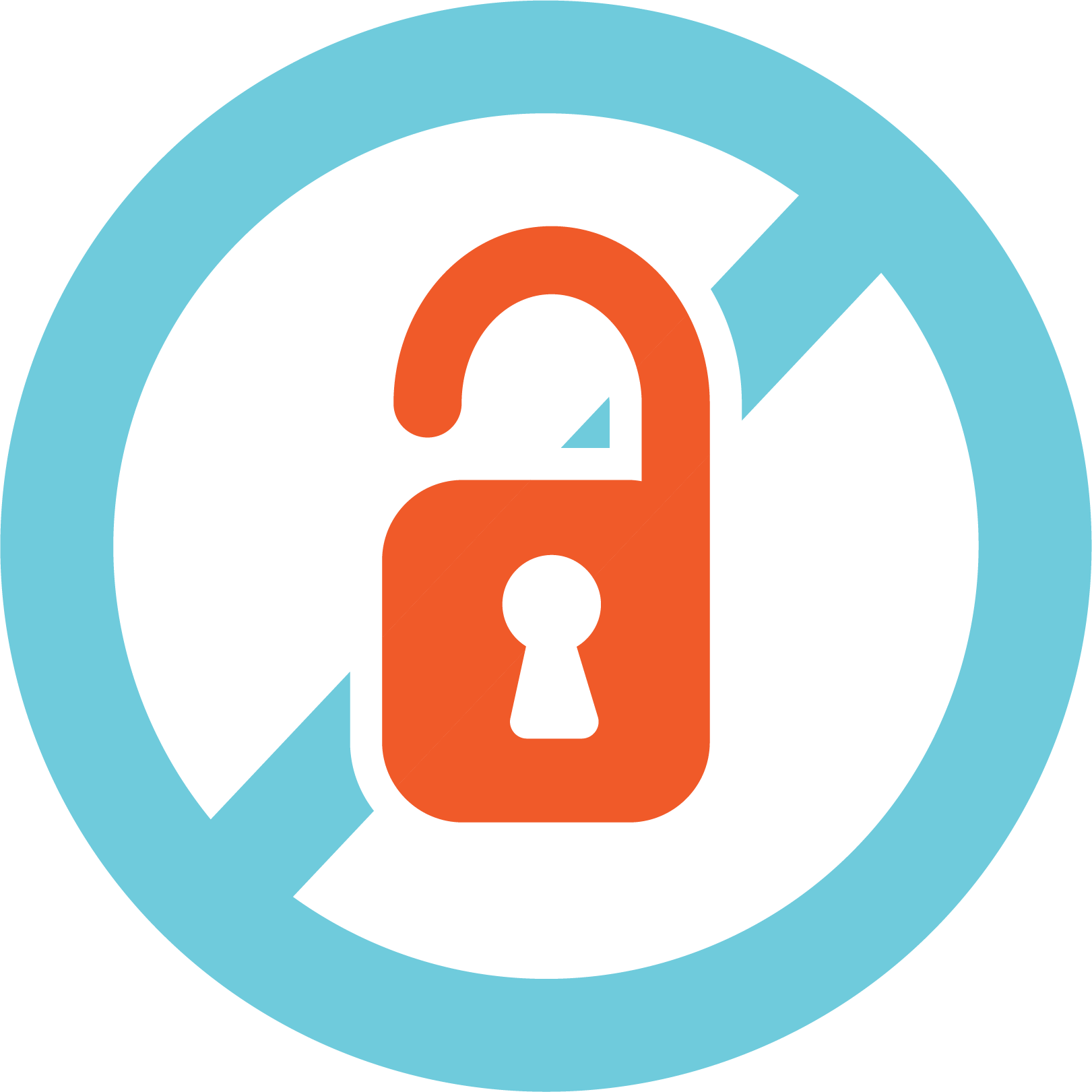
What is a breach? A breach is any impermissible use or disclosure under the Privacy Rule that compromises the security or privacy of PHI and poses a significant risk of financial, reputational, or other harm to the affected individual. An impermissible use or disclosure of PHI is assumed to be a breach unless the covered entity demonstrates that there is a low probablity that the PHI has been compromised based on a risk assessment of at least the following factors:
There are three exceptions to the definition of a breach. A breach is not:
Health and Human Services is now required to investigate and impose civil penalties where violations are due to willful neglect. This can be against a covered entity or It's business associate. The penalties are based off of the HIPAA violation tiers. It has four teirs and ranges from $100 per incident to $1.5 million per incident. See the image for further information on tiers and penalities.
There can also be penalties for a HIPAA violation for an employee. The type of sanctions depend on the severity of the violation, intent, etc. Below are a few examples of HIPAA violations along with the penalties on the employee:
 Any staff member, client or other affected party may report data privacy violations by contacting a privacy officer or director of Accend Services. You should notify the privacy officer of any suspicious incident as soon as possible after learning of the potential privacy violation. It is better to report than not to. For more information on reporting look to our
Data Privacy and Security guide.
Any staff member, client or other affected party may report data privacy violations by contacting a privacy officer or director of Accend Services. You should notify the privacy officer of any suspicious incident as soon as possible after learning of the potential privacy violation. It is better to report than not to. For more information on reporting look to our
Data Privacy and Security guide.
This guide is a living document. We want to improve it with your help. Do you have questions? Found a typo? Find yourself wanting more information? Please send us your thoughts about anything in this chapter by tapping on the link below.
The information on this guide was obtained from HHS.gov, for more detailed information go to: HIPAA for Professionals